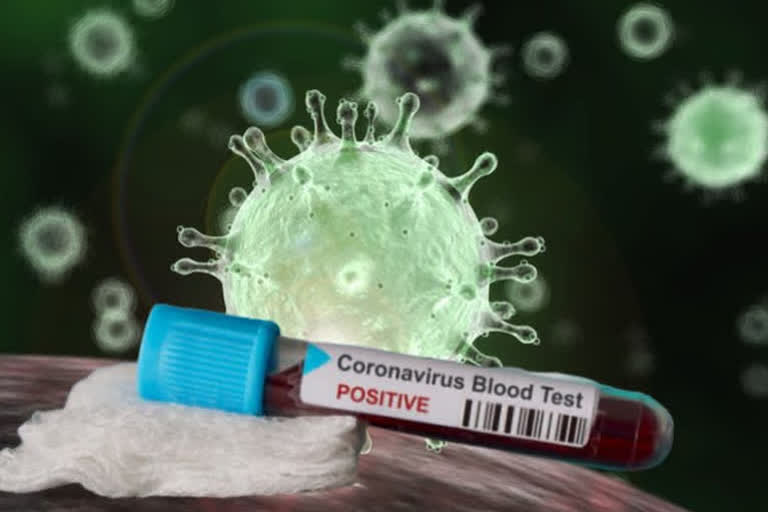Hyderabad:President of the United States, Donald Trump, alleges that the novel coronavirus was manufactured in one of China’s laboratories. Many countries have expressed similar suspicions. But is there any truth to such allegations? Can the lab-escaped viruses turn into pandemics? Were there any such instances in China in the past?
Research on viruses is paramount for the survival of humanity. In order to prevent fatalities from future virus attacks, scientists must study the changes in virus genomes from time to time. Sometimes, scientists themselves alter the genome structure to make the viruses deadlier. Virology labs have been set up around the world to perform such experiments. The labs are ranked based on their biosecurity levels. These laboratory wastes cannot be disposed along with regular wastes. Even the water used for bathing in the laboratories undergoes chemical treatment. Since viruses use every possible way to enter the human body, virology labs need to maintain high safety standards. Wuhan’s P4 lab, which is at the center of coronavirus controversy, is one such bio-safety laboratory.
In 1972, a woman working at London School of Hygiene and Tropical Medicine conducted an experiment in which she created smallpox virus on eggshells. Not having adhered to any safety measures, she contracted the virus. By the time she was isolated in a hospital ward, a nurse and two other patients contracted the virus from her. Smallpox virus escaped from Buckingham Medical School in 1978. Janet Parker, a medical photographer working in the school building, got lesions all over her skin. Initially, the doctors suspected it to be measles. But as the disease intensity grew, they conducted tests and diagnosed it as smallpox. She died within a few days. Though Janet’s mother contracted the virus from her, she survived. The virus was revealed to have escaped the lab through ventilators, thanks to the researchers’ negligence. 300 people were quarantined after this incident.
In 2007, blunders in a UK laboratory near Pirbright led to an anthrax leak. The virus spread over a 4 km radius. The scientists who examined the genome of this virus identified it as the same type that emerged in 1967. There is an anthrax vaccination center in Pirbright. The trucks used for construction work near that site have accidentally transported the mud containing anthrax virus, leading to a transmission among animals.
During 1930-1970, a mosquito-borne viral disease called Venezuelan equine encephalitis (VEE) was prevalent in the Americas. Since it was a zoonotic virus, VEE vaccine was developed in 1938 and administered to animals. Unfortunately, some of the live vaccine batches had used partly inactivated viruses. As a result, the disease has surfaced several times till 1970. The error was later detected. The virus outbreak stopped for a while. However, in 1995, the virus made a comeback in Venezuela. This time, it attacked human beings. Its genome resembled the one detected in 1963. Since it was not used in making a vaccine, it was concluded that the virus (not being fully attenuated) has escaped a laboratory.
